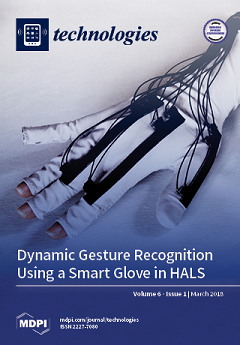Open AccessArticle
Surface Modification of Polystyrene with O Atoms Produced Downstream from an Ar/O2 Microwave Plasma
by
Xinyun Li, Fei Lu, Matthew Cocca, Katerine Vega, Andrew Fleischer, Alla Bailey, Marc Toro, Shreen Sachdev, Thomas Debies, Michael Mehan, Surendra K. Gupta and Gerald A. Takacs
Cited by 6 | Viewed by 4902
Abstract
Because discarded polystyrene (PS) is little affected by degrading agents, PS was treated with a remote microwave (MW) plasma discharge of an Ar/O
2 mixture in the absence of radiation to increase wettability and introduce functional groups which make the waste more liable
[...] Read more.
Because discarded polystyrene (PS) is little affected by degrading agents, PS was treated with a remote microwave (MW) plasma discharge of an Ar/O
2 mixture in the absence of radiation to increase wettability and introduce functional groups which make the waste more liable to degradation and useful for technological applications. X-ray photoelectron spectroscopy (XPS) detected decreases in the aromatic sp
2 and aliphatic sp
3 carbons with treatment and, initially, increases in C–O and carbonyl groups, present in the formation of ethers, epoxides, alcohols, ketones and aldehydes. At longer treatment times, ester, O–C=O; carbonate-like, O–(C=O)–O; and anhydride, O=C–O–C=O; moieties are observed with an overall oxygen saturation level of 23.6 ± 0.9 at% O. Atomic Force Microscopy (AFM) measurements detected little change in surface roughness with treatment time. Advancing water contact angle decreased by ca. 50% compared to pristine PS indicating an increase in hydrophilicity because of oxidation. Washing the treated samples in deionized water decreased the oxygen concentrations at the saturation treatment times down to 18.6 ± 1 at% O due to the washing away of a weak boundary layer.
Full article
►▼
Show Figures





